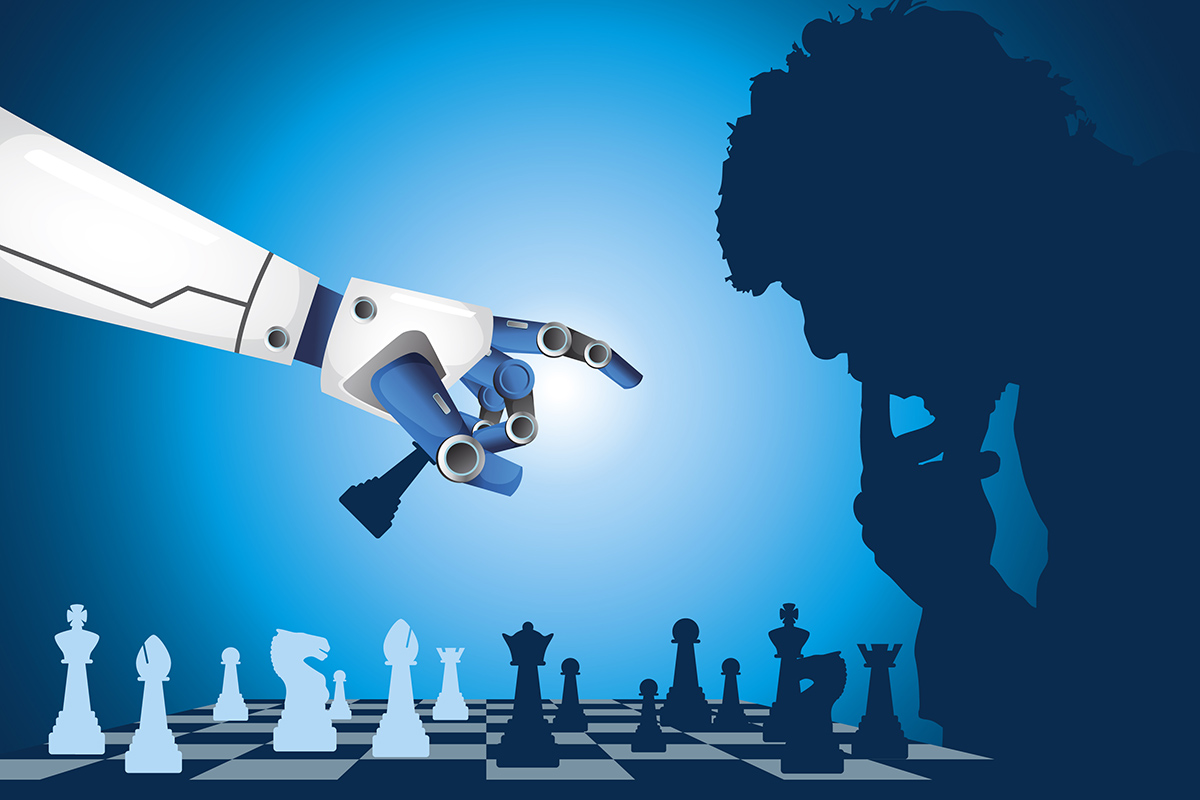By Mark Patrick, Mouser Electronics
Modern industry is being transformed by a new generation of ‘collaborative robots’, or ‘cobots’, which typically work alongside people to provide additional strength, control, flexibility and safety. And given that cobots tend to cost less than traditional robots, many more companies can afford them, including for slower and smaller production runs.
Perceptive Technology
Underpinning the cobot are the sensors which enable it to be aware of its surroundings, for fast, accurate and safe operation. Sensors detect and measure a wide array of physical attributes, from distance to force, and from surface finishes to chemical composition. Machine vision also plays an important part, enabling cobots to spot and identify objects, orientations and more – in the visible spectrum and outside it. Motion-tracking capability and voice recognition can then make cobot control more intuitive, using gestures and spoken commands.
Data from these various sensors needs to be processed quickly, so the cobot can respond accordingly. This is where sensor-fusion algorithms come in, bringing together data from different sensors in different locations at different times.
Where a conventional robot typically follows pre-programmed instructions with limited (or no) regard for changes in its surroundings, cobots are different. First, instructing a cobot doesn’t necessarily require complex programming. In some cases, all it needs is a person to guide the cobot’s arms through the desired motion.
Cobots can also use artificial intelligence (AI) to respond ever more appropriately to the data they’re collecting from sensors. This means they can analyse information, reason, solve challenges and learn how to respond to new situations, making decisions independently and interacting with people.
Making AI possible are fast processors and sophisticated software, giving cobots human-like attributes, making it easier and more intuitive for people to interact with them.
Different Actuators
Key to enabling cobots and people to work together are the machines’ joints, which offer smooth, soft motions and forces. These mechanisms detect and respond to physical feedback, meaning they don’t necessarily need high-precision drive mechanisms or motion sensors. Moreover, because of the cobot’s different uses compared to traditional robots, it doesn’t need the costly, high-force actuators or motor drives common in traditional robots.
Also, cobots’ affordability, adaptability and ease of use mean they’re within the reach of small- and medium-sized manufacturers. Many production machines require near-constant human tending – to load raw materials, keep an eye on the machine and unload its output, or for injection moulding, inspecting parts, or testing circuit boards.
Machine-tending is a widespread but low-skilled job, and, where operators are repeatedly lifting heavy items, injuries aren’t uncommon.
Cobots can be perfect for machine-tending, freeing human operators to do higher-skill work, such as quality control and repairs. Beside saving on labour costs, this can reduce injuries, minimise production downtime and lead to a more motivated workforce.
A related use for cobots is to assist humans with repetitive jobs, or those requiring high strength or long reach. Other examples include situations where different products on the line require different components in different places, i.e. where complete automation isn’t necessarily feasible. For instance, a cobot could lift and approximately position a heavy component, with the human providing the necessary finesse at the end, either by hand, or by guiding the cobot.
Flexible, Collaborative Product Assembly
While a conventional pick-and-place robot needs to know exactly where to pick up and set down parts, a cobot’s vision systems can enable it to work in environments where there isn’t this level of precision. For example, a human operator may inspect, sort and pick out a part, then place it into approximately the right place on an unfinished product. The cobot would then align the part correctly and fasten it down. Situations in which this could be of value are many: the element may be too small for a human to align by sight, or its assembly might require the use of hazardous substances.
Where high-volume manufacturers can use robots to pack finished goods and load them onto pallets, those with smaller production runs may find this cost-prohibitive. Consequently, they’ve traditionally done this manually. Cobots change all of this.
Manufacturers can program them to recognise and count products on conveyor belts, pack, label and load them into the right boxes. Importantly, the cobot can be reprogrammed relatively easily when product specifications or packing needs change.
Just the Beginning
These examples show the breadth of possibilities for cobots in manufacturing. The exciting thing is that as the enabling technologies develop further, cobots will become ever more useful and pervasive in industry.










